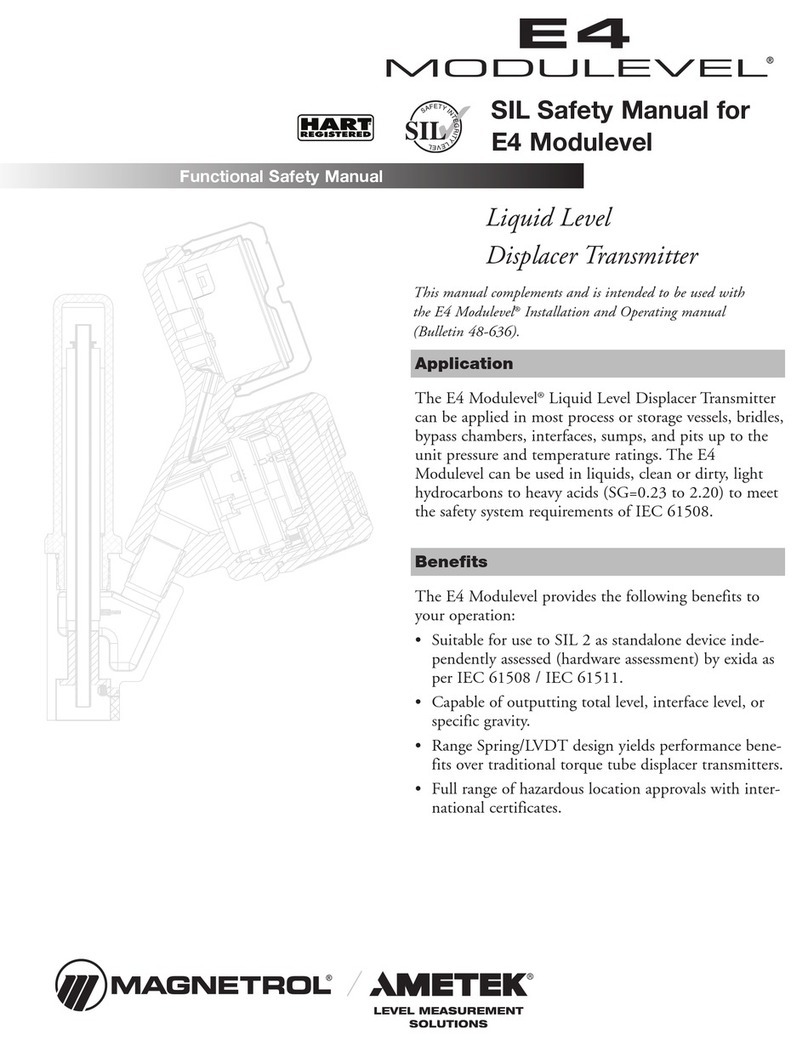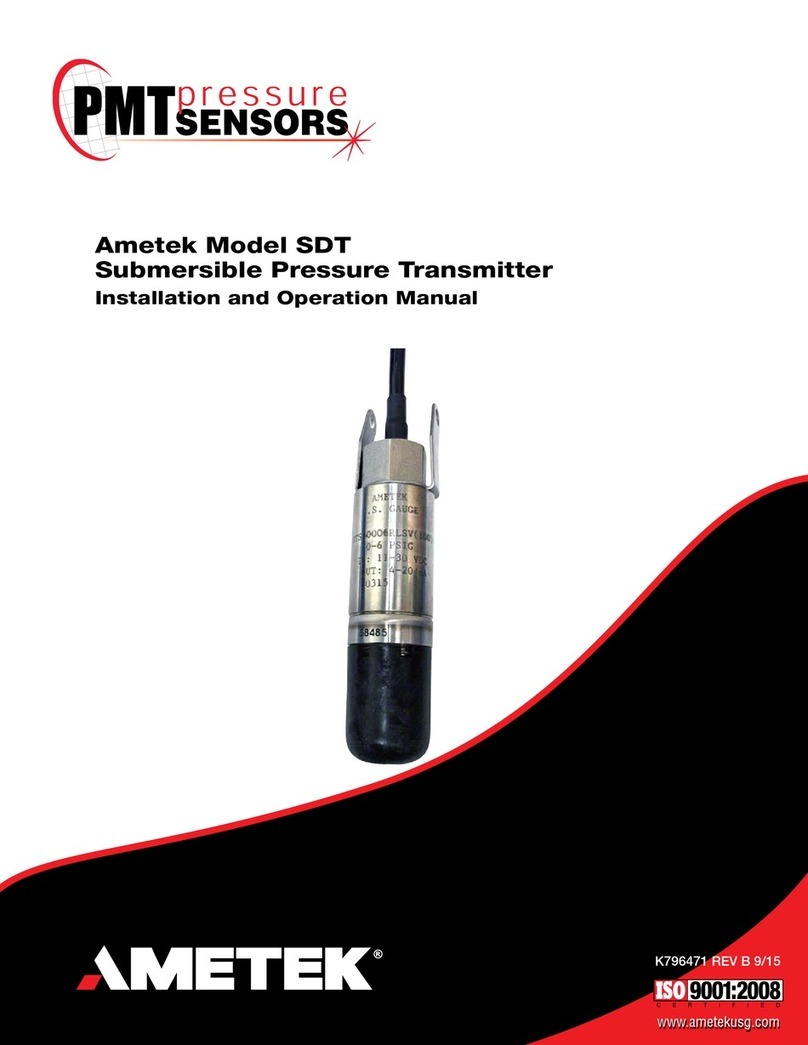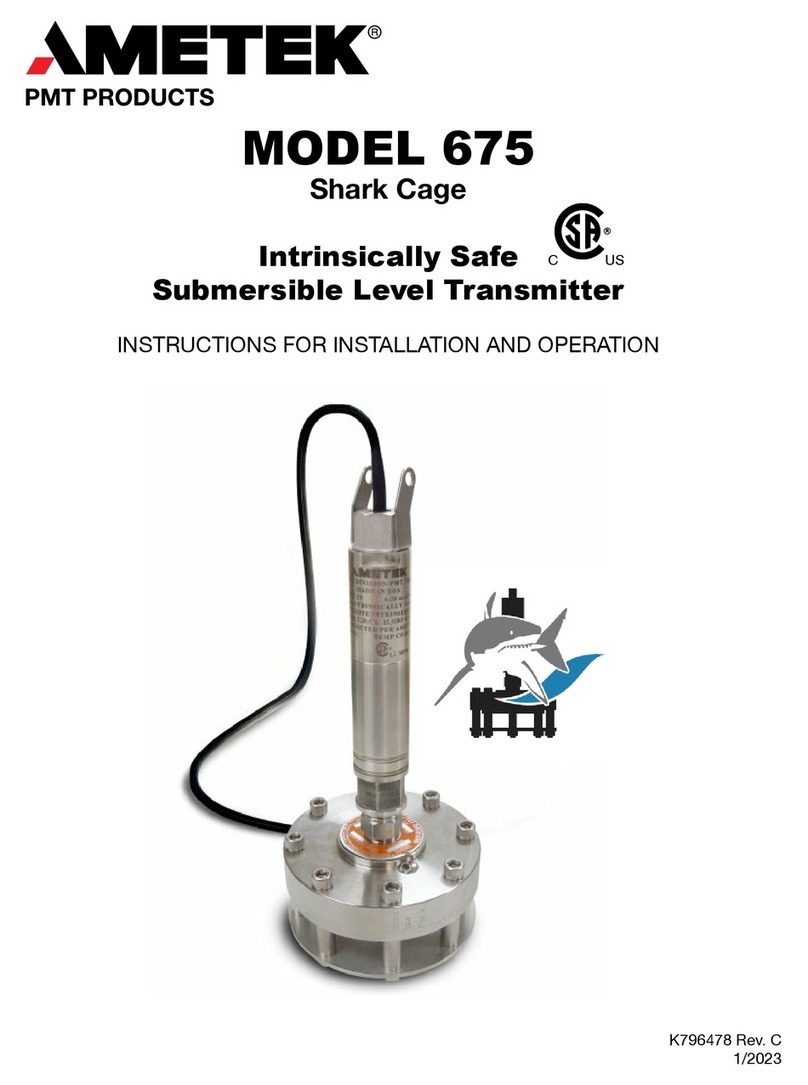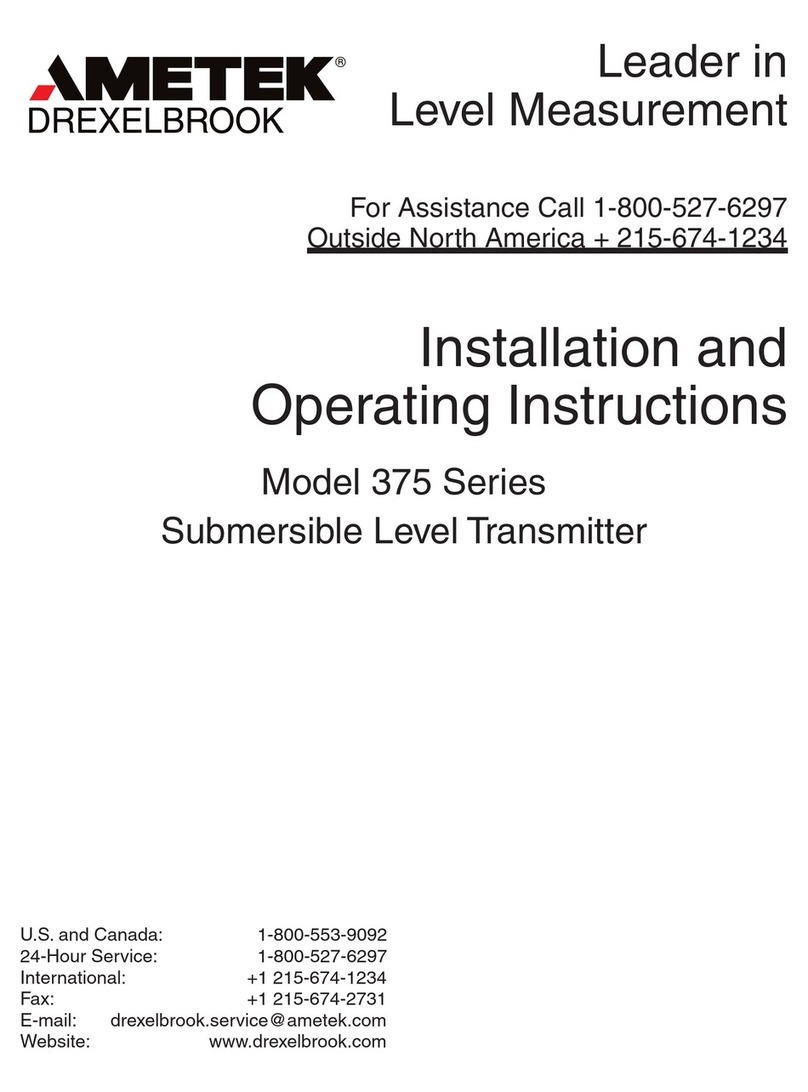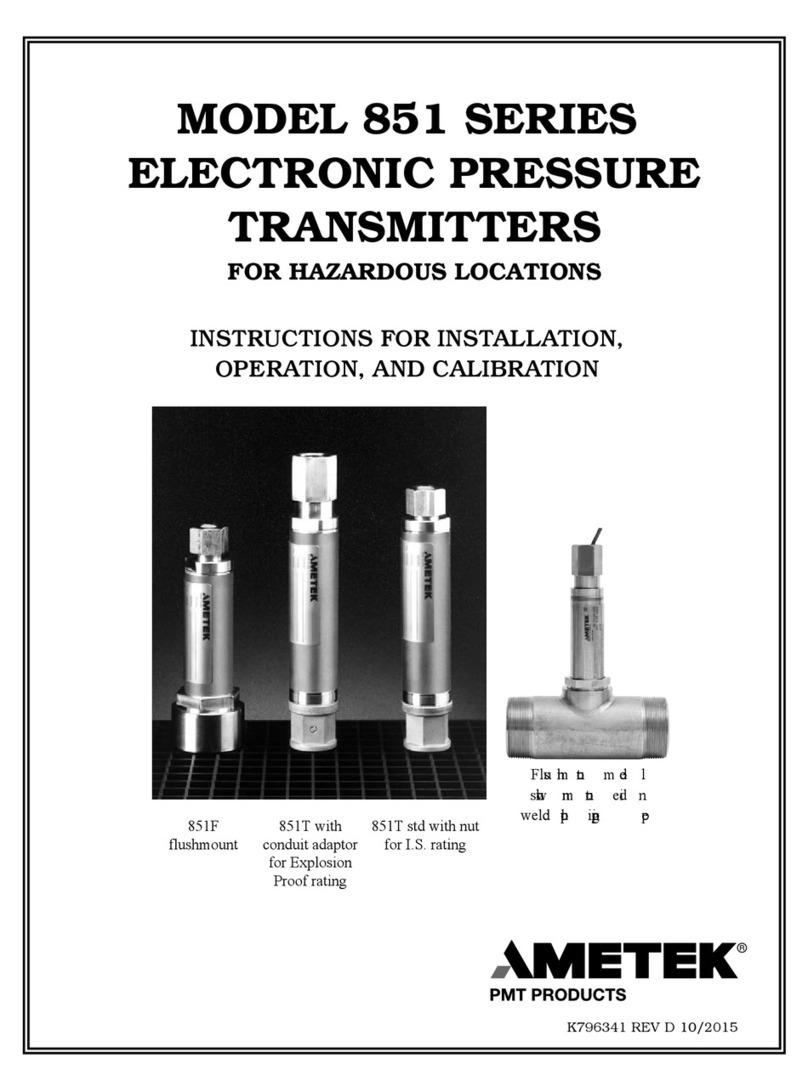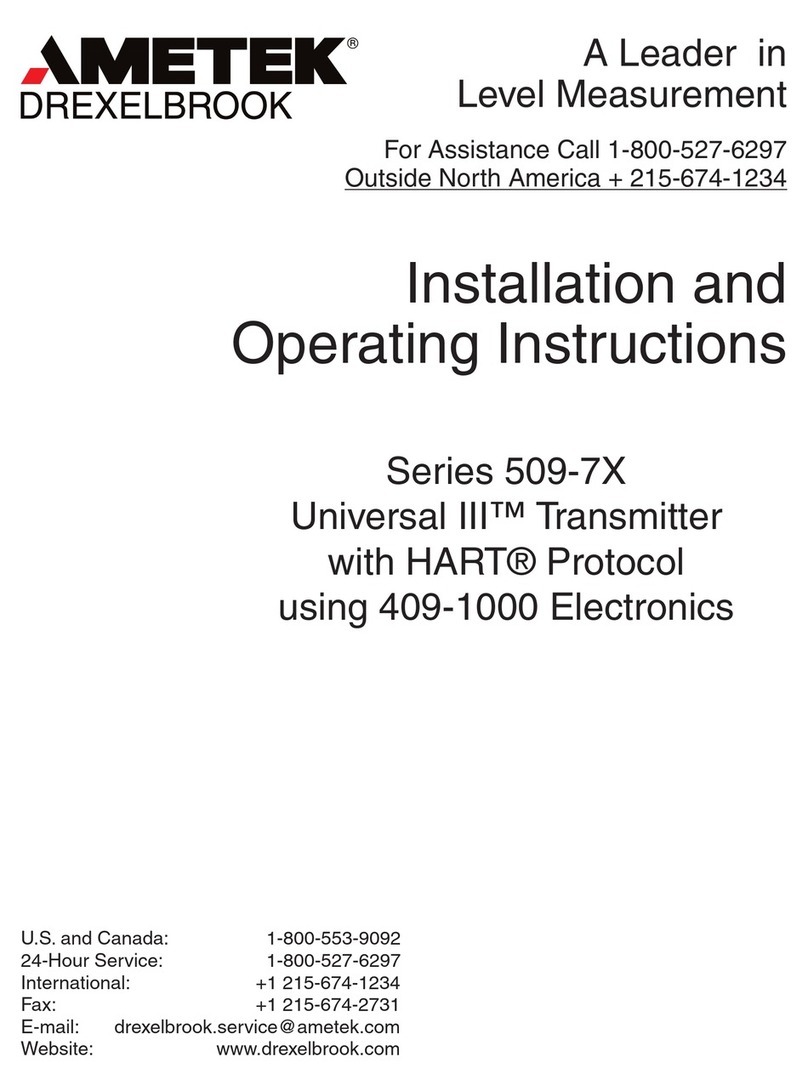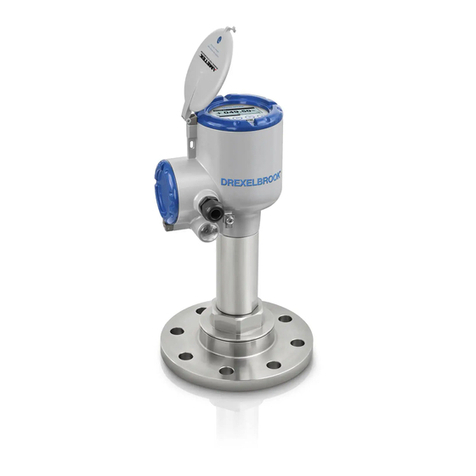
CONTENTS
2
www.drexelbrook.comDR5200QS-LM, EDO#6-13-112 - Issue #3
DR5200
1 Safety instructions 3
2 Installation 4
2.1 Intended use ..................................................................................................................... 4
2.2 Scope of delivery............................................................................................................... 4
2.3 Visual check...................................................................................................................... 5
2.4 Storage ............................................................................................................................. 6
2.5 How to assemble the PTFE Wave Horn antenna ............................................................. 7
2.6 Transport .......................................................................................................................... 8
2.7 Pre-installation requirements ......................................................................................... 8
2.8 Installation........................................................................................................................ 9
2.8.1 Pressure and temperature ranges......................................................................................... 9
2.8.2 Recommended mounting position........................................................................................ 15
2.8.3 Mounting restrictions............................................................................................................ 17
2.8.4 Standpipes (stilling wells and bypass chambers) ................................................................ 22
2.8.5 Wall support for the remote version .................................................................................... 23
2.8.6 How to attach an antenna extension (Metallic Horn or Wave Guide antennas)................... 23
2.8.7 How to turn or remove the signal converter ........................................................................ 27
2.8.8 How to attach the weather protection to the device............................................................. 28
2.8.9 How to open the weather protection .................................................................................... 31
3 Electrical connections 32
3.1 Electrical installation: 2-wire, loop-powered ................................................................ 32
3.1.1 Compact version ................................................................................................................... 32
3.1.2 Remote version ..................................................................................................................... 34
3.2 Non-Ex devices............................................................................................................... 35
3.3 Devices for hazardous locations .................................................................................... 35
3.4 Minimum power supply voltage ..................................................................................... 36
3.5 Protection category ........................................................................................................37
3.6 Networks ........................................................................................................................ 38
3.6.1 General information.............................................................................................................. 38
3.6.2 Point-to-point connection..................................................................................................... 38
3.6.3 Multi-drop networks ............................................................................................................. 39
3.6.4 Fieldbus networks................................................................................................................. 40
4 Operation 41
4.1 General notes ................................................................................................................. 41
4.2 Digital display screen .....................................................................................................41
4.2.1 Local display screen layout .................................................................................................. 41
4.2.2 Functions of keypad buttons................................................................................................. 41
4.3 Quick Setup (Parameters) .............................................................................................. 42
4.4 Empty spectrum recording ............................................................................................ 44
5 Notes 47






